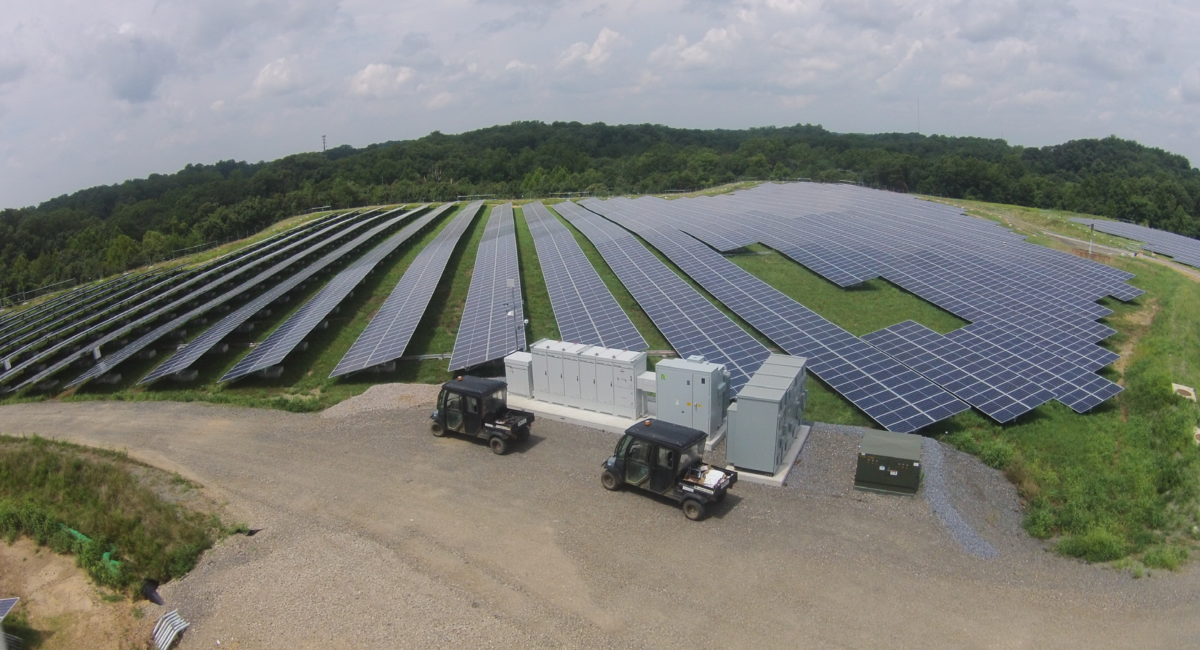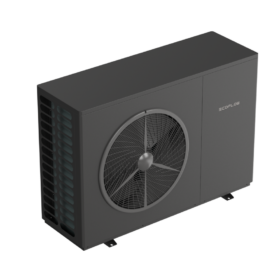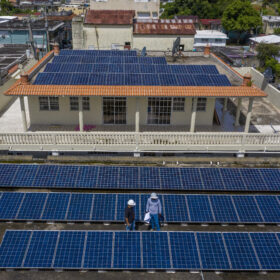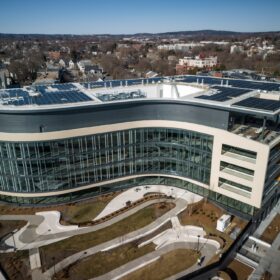The Maryland legislature has taken steps towards strengthening its ongoing community solar pilot program, passing a pair of bills targeted at increasing the amount of eligible projects, and increasing the incentive for such projects to be developed.
The first of the two is HB 1039, which exempts community solar projects from both county and municipal corporate property taxes, so long as the 50% of the electricity generated by the projects go to serve low- to moderate-income individuals and families at a rate which is at least 20% lower than the base electricity rate that these customers would be paying otherwise.
As it stands, 30% of the pilot program capacity is still set aside for low-to-moderate income customers wishing to participate and another 30% is set aside for project development on brownfield sites.
The bill also establishes additional tax incentives for the development of agrivoltaic community solar projects on rooftops, brownfields, landfills, and clean fills. Agrivoltaic projects are those which dual-use a plot of land to house both a solar installation and agriculture, and have been described by Chad Higgins, an associate professor in Oregon State’s College of Agricultural Sciences as a “rare chance for true synergy: more food, more energy, lower water demand, lower carbon emissions, and more prosperous rural communities.”
The other bill, HB 440, will expand the maximum capacity of a permitted community solar project from 2 MW to 5 MW, while also reducing the land requirements for siting projects. This provision pertains to projects developed on multiple, contiguous lots, rather than opening up new types of land zones for development.
“HB 1039 and HB 440 send a signal to the community solar industry that Maryland welcomes the private sector as a way to inject capital into grid modernization and build a new energy market that can bolster the state’s economy,” said Leslie Elder, Mid-Atlantic director for the Coalition for Community Solar Access. “We thank the Maryland General Assembly for passing these bills and Governor Hogan for his support.”
The bills both build on regulatory action from 2021, which expanded the program to allow community solar to power the equivalent of an additional 6,840 Maryland homes, while also allowing community solar projects to be built on clean-fill construction sites, transforming previously unusable industrial locations into clean solar energy generation sites.
This content is protected by copyright and may not be reused. If you want to cooperate with us and would like to reuse some of our content, please contact: editors@pv-magazine.com.








By submitting this form you agree to pv magazine using your data for the purposes of publishing your comment.
Your personal data will only be disclosed or otherwise transmitted to third parties for the purposes of spam filtering or if this is necessary for technical maintenance of the website. Any other transfer to third parties will not take place unless this is justified on the basis of applicable data protection regulations or if pv magazine is legally obliged to do so.
You may revoke this consent at any time with effect for the future, in which case your personal data will be deleted immediately. Otherwise, your data will be deleted if pv magazine has processed your request or the purpose of data storage is fulfilled.
Further information on data privacy can be found in our Data Protection Policy.